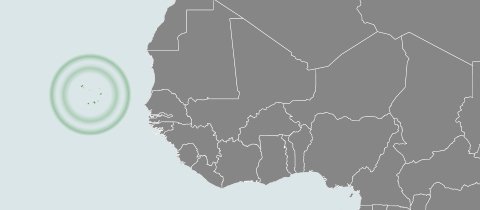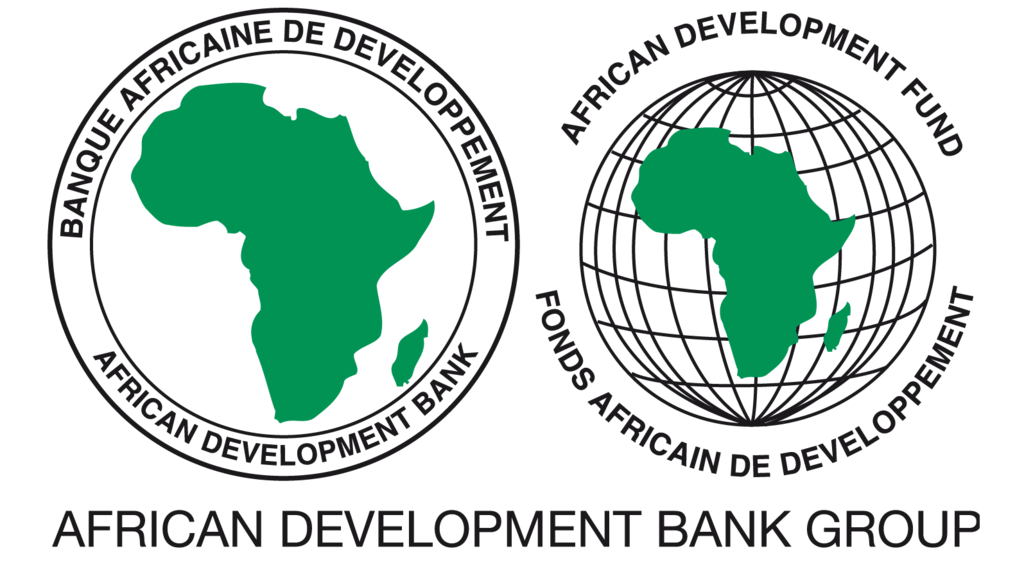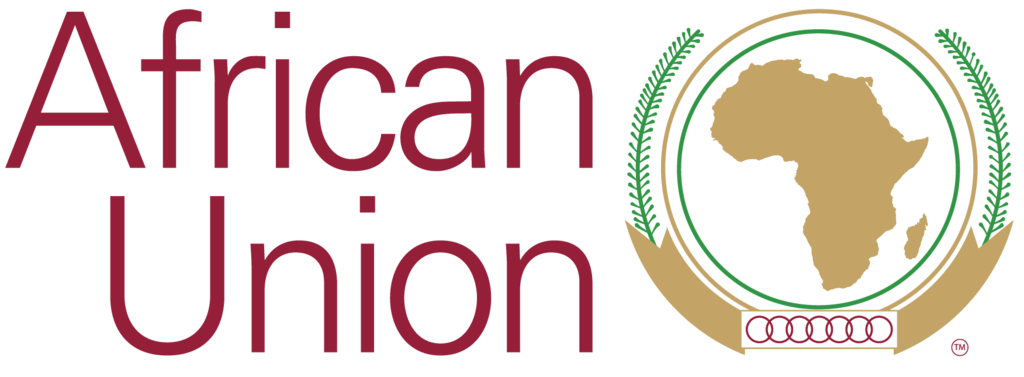At a glance
Cabo Verde is an archipelago composed of 10 islands that witnessed a consistent increase in both energy access and renewable energy sources in recent years.
The most current data presented in the country’s Action Agenda states that over 90% of the population has access to electricity, while over 70% of the population had access to clean cooking solutions in 2013. Meanwhile, renewable energy use accounted for 20% of total electricity output.
The country is a ECOWAS member and, with the rest of the region, adopted a concerted approach to the implementation of the SEforALL Country Action, with the development of the Action Agenda alongside the Renewable Energy and Energy Efficiency Action Plans, and their formal adoption. The government aims to reach universal access to both electricity and clean cooking solutions by 2020. The government also set a 100% renewable energy objective by 2020 and has adopted and internalized efficient practices for energy production and consumption, which is expected to lead to a 20% reduction in final energy demand by 2030.
In order to implement the SEforALL agenda, an Energy Agency is planned to oversee all governance functions, coordination, implementation and monitoring and evaluation, beyond the general direction of the energy and regulatory agency. This new institution will be the main instrument of intervention and dynamization of activities and behavioral changes, leading to better management of the country’s energy consumption and production.
Location

| SEforALL Action Agenda Objectives | 2030 |
|---|---|
| Electricity Access, national | 100% |
| Access to clean cooking, national | 100% |
| Renewable Energy Output | 100% |
| Energy Efficiency | -20% by 2030 |
| Country Action Documents | Status |
|---|---|
| Rapid Assessment | Finalized |
| Action Agenda | Finalzed |
| Investment Prospectus | Under Development |
Documents
- Cabo Verde: Rapid Assessment - Gap Analysis (556 kB)
- Cabo Verde: Action Agenda (Portuguese) (2.37 MB)
- Cabo Verde: Action Agenda (1.61 MB)
Country statistics
| Series | 2010 | 2012 | 2014 | 2016 |
|---|---|---|---|---|
| Access to electricity (% of population) | 81.1% | 85.0% | 85% | 90.1% |
| Urban (% of urban population) | 90.6% | 92.9% | 88.7% | 93.5% |
| Rural (% of rural population) | 65.8% | 71.3% | 77.8% | 83.4% |
| Access to clean fuels and technologies for cooking (% of population) | 67.3% | 69.1% | 68.4% | 73.5% |
| Population, total | 0.5 Million | 0.5 Million | 0.5 Million | 0.5 Million |
| Renewable energy consumption (% of total final energy consumption) | - | - | - | - |
| Renewable electricity output (% of total electricity output) | 1.2% | 18.4% | 22.2% | 18.6% |
| Electric power consumption (kWh per capita) | - | - | 559.9 | 603.1 |





